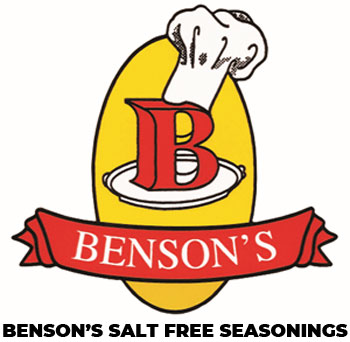When learning about healthy eating we see thousands of people who have become experts about what to eat and what not to eat. There have been hundreds of diets marketed to the public, some of them reasonable, some crazy. Luckily, the basics of healthy eating are well understood and quite simple.
Here are a few easy guidelines to healthy eating: Add more whole foods like fresh fruits, vegetables, nuts, legumes, grains, and cut back on or eliminate processed food and foods prepared with a lot of sugar, salt, and fat. If you’re overweight, try to eat less.
Let’s touch briefly on these less healthy foods.
- Sugar: Sugar is a source of energy and we’ve evolved with a strong appetite for it. The problem is, our cave people ancestors had a hard time finding much sugar at all. Our metabolism isn’t built to handle more than a little bit, and unless we’re careful, we’re eating a lot. The average American eats an astonishing two to three pounds of sugar each week, week in and week out. Sugar is implicated in diabetes, cardiovascular disease, suppresses the immune system, and has been linked as a major cause of hyperactivity, anxiety, and depression.
- Salt: Sodium, like sugar, is found in large amounts in most of the foods we eat. It’s an inexpensive way to make flavorless foods tasty. Unfortunately, salt is implicated in stroke, cardiovascular disease, and high blood pressure. USDA guidelines recommend that no one consume more than 2,300 milligrams of sodium per day, and no more than 1,500 mg for anyone over the age of 51, or of African descent or with high blood pressure, diabetes or kidney disease. To understand how living in accordance with these guidelines would change most people’s diets, just a teaspoon of salt contains 2,325 milligrams of sodium. Cooking differently and finding salt-free seasonings and low sodium ingredients can help make the changes without taking the pleasure out of eating.
- Fat: Fats, especially in America, are strongly connected with the pleasure of eating. Unfortunately, they (the bad fats like trans fats) are also linked to cardiovascular disease, heart attack, and high blood pressure. The epidemic of obesity has other consequences, including a strong connection to diabetes. As is the case for sugar and salt, weaning yourself from fats and fatty foods, gets easier the more you succeed.
For all three, your metabolism has adjusted itself so that it makes you feel hungry for these ingredients and makes you crave them as you cut down. The decision to make gradual and consistent changes will feel much more manageable after only a week or two. As you’re losing your taste for unhealthy eating, reinforce your taste for healthy foods. It won’t be long before you’ll be feeling healthier, with more energy, more mental clarity and more positive with less volatile moods.
There is such a strong connection between the food we eat and how deprived or abundant our lives seem. We often use food as a gauge of how much pleasure we find in life. To remain positive we must be good to ourselves, so making sure to find healthy foods and recipes that we actually enjoy is very important.
Finally, there are a lot of resources available to all of us that will help support our decision to start eating healthy. Follow the simple guidelines for the kind of healthy eating we’ve been talking about. Once you start looking you’ll find lots of tips, recipes and healthy ways to prepare and flavor food without the salt, sugar, and fat.
